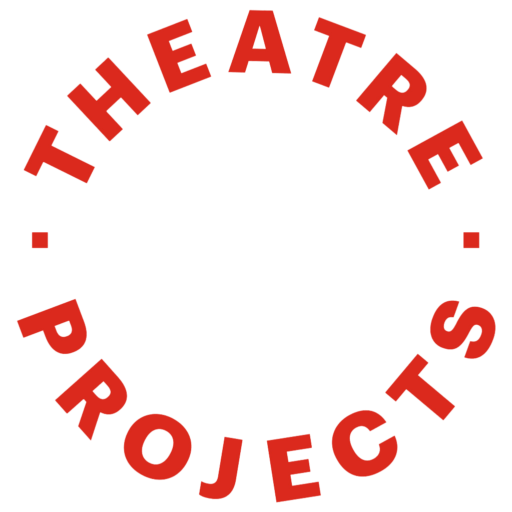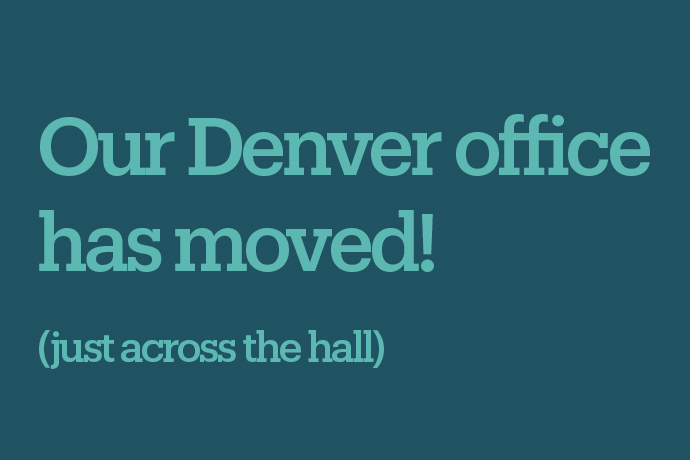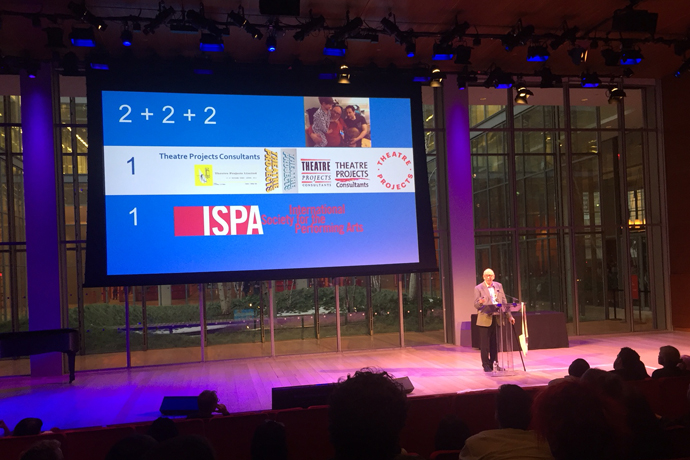If 2020 has taught us anything about our audiences, it’s that we must connect with them in innovative ways. To be sustainable and supportive of our communities, we must develop programming that extends past the in-venue experience and reaches the community at large. As we look to re-opening strategies, what will the new presenting season look like?
Before 2020, most presenting organizations were reluctant to add streaming content into their seasons because, as many would say, “we do this because it’s supposed to be live” and that means we consume live arts and entertainment “in person.” Not to discount the vibrancy of in-person gathering, but at Theatre Projects, we believe organizations should embrace a hybrid presenting model that supports both in-person and streaming content. We have the opportunity to start from scratch and rethink what the experience can be, how to connect with audiences in new and fruitful ways, and how this new model can help organizations become more sustainable while reaching and serving new audiences. All of this while generating new revenue streams.
Over the past nine months, we’ve been forced to consume live and pre-recorded content through streaming platforms from the comfort of our homes, and the truth is that many of us have started to enjoy the experience. On a Sunday in December, viewers globally tuned into the “Jagged Live in NYC” concert experience produced by the Jagged Little Pill team, generating over $600,000 in revenue from a single 90-minute livestream event. Not only was the event part of a global viewing experience, but it also connected to and supported over 40 North American Broadway tour venues.
Last month the The Grand 1894 Opera House in Galveston, TX, worked with The Choir of Man to present the venue’s first show since its doors closed in March. The group performed live in London, but the show was specifically created for audiences at The Grand 1894 Opera House—with the band wearing branded shirts and hats and reminiscing about previous performances they’d played at the Galveston venue to further personalize the experience. It’s a great example of a venue offering a targeted experience to a local audience, even though the show wasn’t produced locally.
According to the Broadway League, in the most recently completed Broadway season, the Broadway audience was made up of 19% international tourists and 46% domestic tourists. As recovery begins, even Broadway cannot be sustainable with just a 35% local audience to support them—and until tourism can fully return to pre-pandemic levels, they will need to innovate. These efforts will have a direct effect on presenting venues and other non-theatrical touring product. Even the blockbuster shows will need to reach audiences in different ways to support and grow revenues both at home and on the road. Producers will need to engage audiences on a global scale to support the in-venue experience, and these virtual experiences and fan interactions will become an important new revenue stream.
Paid streaming content will support audience growth in ways that the standard in-person experience could never deliver. Traditional barriers to attendance will be barriers no more. Will the touring industry and presenters rely on a new stream of available content that can be presented to audiences without the need to produce the show locally, while still connecting and supporting organizations on the local level? Can quality content engage loyal audiences that crave more of a specific show or artist outside of just attending in person once every few years? Will the touring industry start to become a mixture of live and streaming product? We believe the answer is “yes.”
For presenters across North America, it’s time to embrace hybrid programming models. Audience behaviors have changed, and streaming options will be expected by them. Embracing this new world now will allow organizations to maximize revenue streams across ticket sales, donations, VIP experiences, and merchandising, while also meeting goals of audience growth, community inclusion, and diverse offerings.
Part two of this article will dive into simple solutions that will help presenters of all sizes start to build their long-term hybrid presenting model and strategy.






